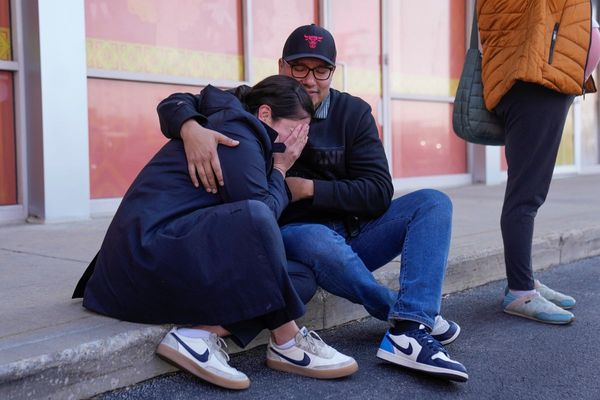
There is no longer a single local government area across metropolitan Sydney or Melbourne where houses are affordable for early career essential workers, with a growing number of police commuting huge distances and nurses living in cramped share homes.
Essential workers are being forced to move further away from their inner city jobs due to ballooning rents and housing costs. Experts are warning that longer commutes are exacerbating stress and fatigue in industries where levels of both are already high.
A study led by the University of Sydney’s school of architecture, design and planning with HOPE Housing has found that lack of access to appropriate and affordable housing is a systemic and worsening problem in Sydney and Melbourne, and essential workers are particularly susceptible to rent stress and being shut out of home ownership, in part due to their inability to work from home.
Essential workers facing housing affordability issues were responding in three ways: paying unaffordable costs and suffering rental or mortgage stress; living in overcrowded conditions closer to their work; or living in far-flung locations and enduring very long commutes, said Dr Catherine Gilbert, one of the report’s authors.
An increasing number of essential workers whose jobs are in inner Sydney are living in the Blue Mountains and even Newcastle, including police, ambulance workers and registered nurses.
More than 15% of police – 350 officers – who work across Sydney’s CBD and south subregion commute from the Blue Mountains and distant towns that are not within Sydney’s boundaries. More than 450 registered nurses make the commute to inner Sydney from outside the metropolitan area.
While houses in cities are broadly out of reach for essential workers, even apartments are not affordable for most in Sydney. There are no local government areas where the median price for a strata-titled dwelling is affordable to an early-career registered nurse, and just two LGAs where an early career police constable could afford an apartment.
In Melbourne, more than 630 police officers who work in the inner city commute from Geelong and the Mornington Peninsula. More than 530 registered nurses make the same commute.
“There is a strong aspiration among essential workers to be homeowners, which is not dissimilar to most Australians, but it is unaffordable in population centres where they need to work. There is a spatial divide that is rapidly expanding in Sydney and Melbourne,” Dr Catherine Gilbert, one of the report’s authors, said.
The median price for a strata dwelling in the Sydney suburb of Randwick is $600,000 above what a registered nurse could afford, more than $500,000 above in Willoughby and more than $200,000 above in Parramatta – all areas near key health facilities.
In Melbourne, affordability gaps are slightly smaller. In Monash, the median price for a strata dwelling is $300,000 above what a nurse could afford.
As a result, the number of essential workers opting to look further afield to rent and buy is increasing, with the number of those living within 15km of the Sydney and Melbourne CBDs declining between the 2011 and 2021 census.
Gilbert said there were risks with expecting essential workers to spend so long commuting each day. “They’re often performing physically demanding jobs over very long shifts; they’re more susceptible to burnout, especially if they’re commuting very long times,” she said.
However Gilbert notes that many essential workers cannot live so far away from their jobs, as they are frequently required to be “on-call” and must be able to quickly access their workplace. As a result, they are likely to be living in overcrowded settings.
“Those on the lowest incomes of about $1,000 per week, such as laundry workers, cleaners, aged care and childcare workers … there is almost nowhere that has an affordable median rent.”
The analysis found that there were more than 36,000 essential workers across greater Sydney and 22,000 in greater Melbourne who lived in overcrowded homes, an increase of about 5,000 and 4,000 respectively since the 2016 census.
In the face of burnout and financial stress, there is a risk that housing access issues for essential workers could pose problems for employee recruitment and retention in industries that have been suffering staff shortages.
“There is, therefore, a critical need for intervention and innovations,” the research concluded.
Requiring developers to deliver homes around health and educational precincts that are cheaper to buy and rent is one approach Gilbert suggests. Her research modelled other initiatives, such as a 20% discount to market rent for essential workers, as well as shared equity schemes to extend purchase affordability, which were found to aid essential workers’ ability to rent and buy near their work.







